by Kaya Laterman, The Wall Street Journal on Oct 8, 2015
Attorney David Sprafkin has enjoyed sailing almost all his life, but until recently, he never imagined he would be able to do it so close to his Brooklyn Heights home of more than 40 years.
“You can’t beat a 10-minute walk to a marina,” he said.
Though construction of the marina has just begun, Mr. Sprafkin was one of the 145 people to sign up for a membership at the sailing club at One° 15 Brooklyn Marina, slated to open officially next spring between Piers 4 and 5 in Brooklyn Bridge Park.
When asked why he signed up for a membership at a marina that had yet to be built, Mr. Sprafkin replied: “Sometimes you take a chance. But It’s about having easy waterfront access.”
The 8-acre, $28 million marina, which will have about 140 slips, kicked off a temporary season this summer by mooring 10 boats (six Melges 24s and four J/80s) between Piers 5 and 6. It has conducted weekday and weekend races for its members since June, mostly in the New York Harbor area called the Bay Ridge Flats, just south of Governors Island.
“For something that is starting out of scratch, the fleet of boats, the racing schedule and organization have been fantastic,” said Mr. Sprafkin, who has managed to get out onto the water about once week.
Although waterfront access for New Yorkers has steadily increased in the past two decades, marina construction hasn’t been part of this boom. Greg Weykamp, president of Edgewater Resources LLC, a co-owner of the marina along with Singapore’s SUTL Group, said he was surprised to see that there were fewer than 1,600 slips around New York Harbor for such a populous city. Chicago, for example, has about 6,000 slips within its city limits, and if you count the number of nearby harbors that dot Lake Michigan, that number swells to about 15,000, he added.
Mr. Weykamp, who has designed numerous marinas across the county, said he had his “only-in-New York” moment when he found out that the marina would be built over a subway line.
Normal marina construction involves drilling piles into the waterbed to hold up the docks. But since the R line runs directly underneath, how do you securely anchor a dock without drilling?
The solution was to sink 160 giant concrete blocks, weighing 10 tons each, to the bottom of the East River, according to Tim O’Brien, general manager of the marina. A large, elastic bungee cord-like mooring system called Seaflex will be used to connect the dock on the water’s surface to the concrete block below. The elastic system, in contrast to using large metal chains, is preferable for marinas located in bodies of water where waves are rough as on the east River, Mr. Weykamp noted.
“The ferry system in New York is a fantastic transportation mechanism, but from a marina perspective, they simply cause a lot waves,” Mr. Weykamp said.
In order to build a calm marina that blocks the frequent and large waves, the marina designers decided to ship from Finland, a breakwater pontoon system that is comprised of concrete units that are about 17 feet wide and 6 feet deep. This large barrier that forms the outer perimeter of the marina is expected to block the majority of the wake caused by commercial boat traffic. In addition, the entrance to the marina was staggered so even fewer waves hit the interior docks and eventually, the shoreline.
Besides working with the Metropolitan Transportation Authority, the developers teamed up with officials from the New York State Department of Environmental Conservation to study the marina’s potential environmental impact. Thus, the developers chose an eco-friendly, translucent decking material to lessen the amount of shade underneath the docks so predator fish wouldn’t permanently reside there, Mr. Wekamp explained.
The marina is one of the several private enterprises selected to set up shop in Brooklyn Bridge Park, thought to be useful to offset operating costs of the public park. The marina isn’t only for private use, however. One of the four docks will be used solely for community programs that will be run by local nonprofits, where sailing lessons, kayaking tours and other environmental education classes will be conducted. Two percent of the marina’s revenues will go toward such community programs so that many of the classes will be free of charge.
“Recreational boating is not a ‘thing’ in New York Harbor, especially for the general public,” said Mr. O’Brien. “We are developing this marina as a learning club, so people who don’t know anything about sailing can come enjoy the water.”
Please click here to read this article on The Wall Street Journal’s website.


